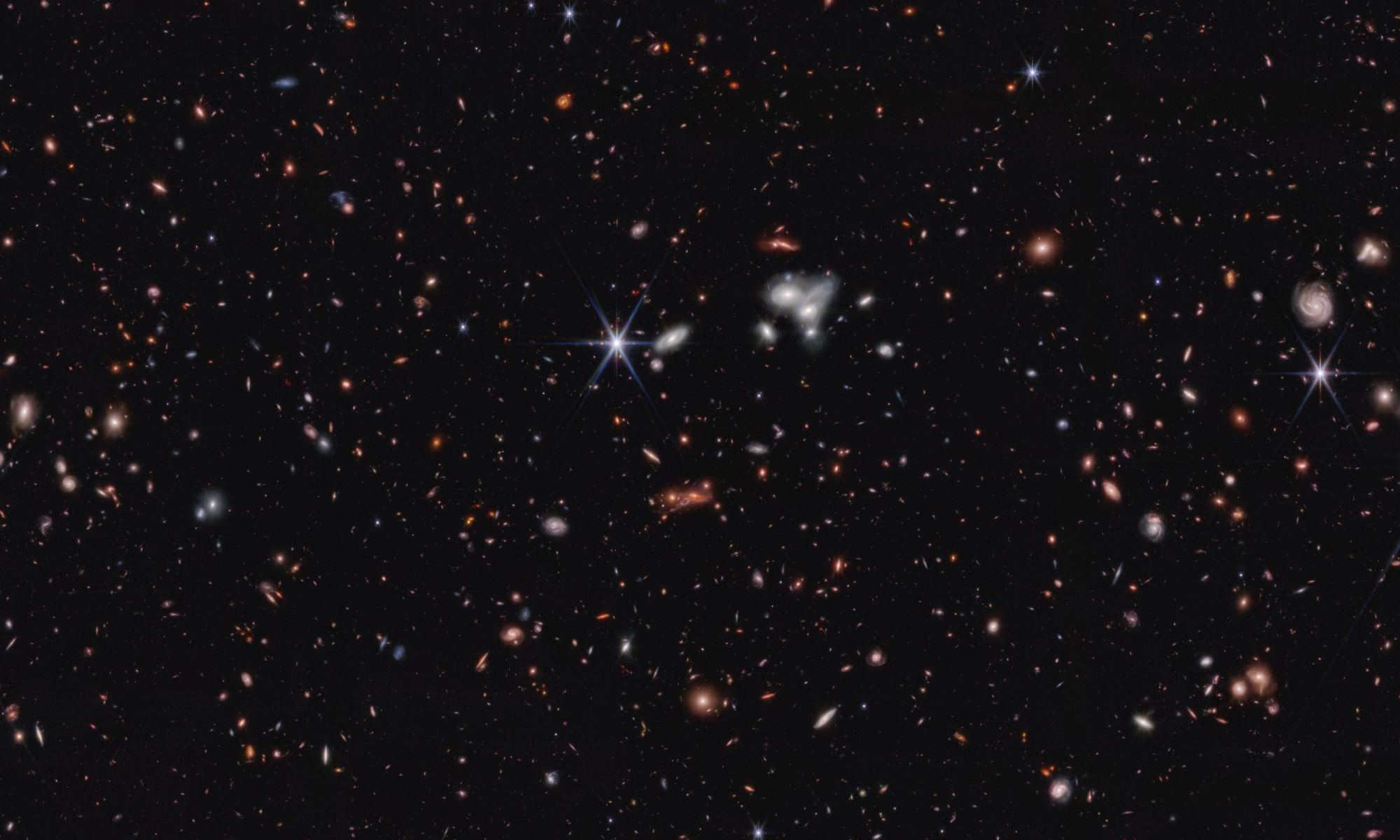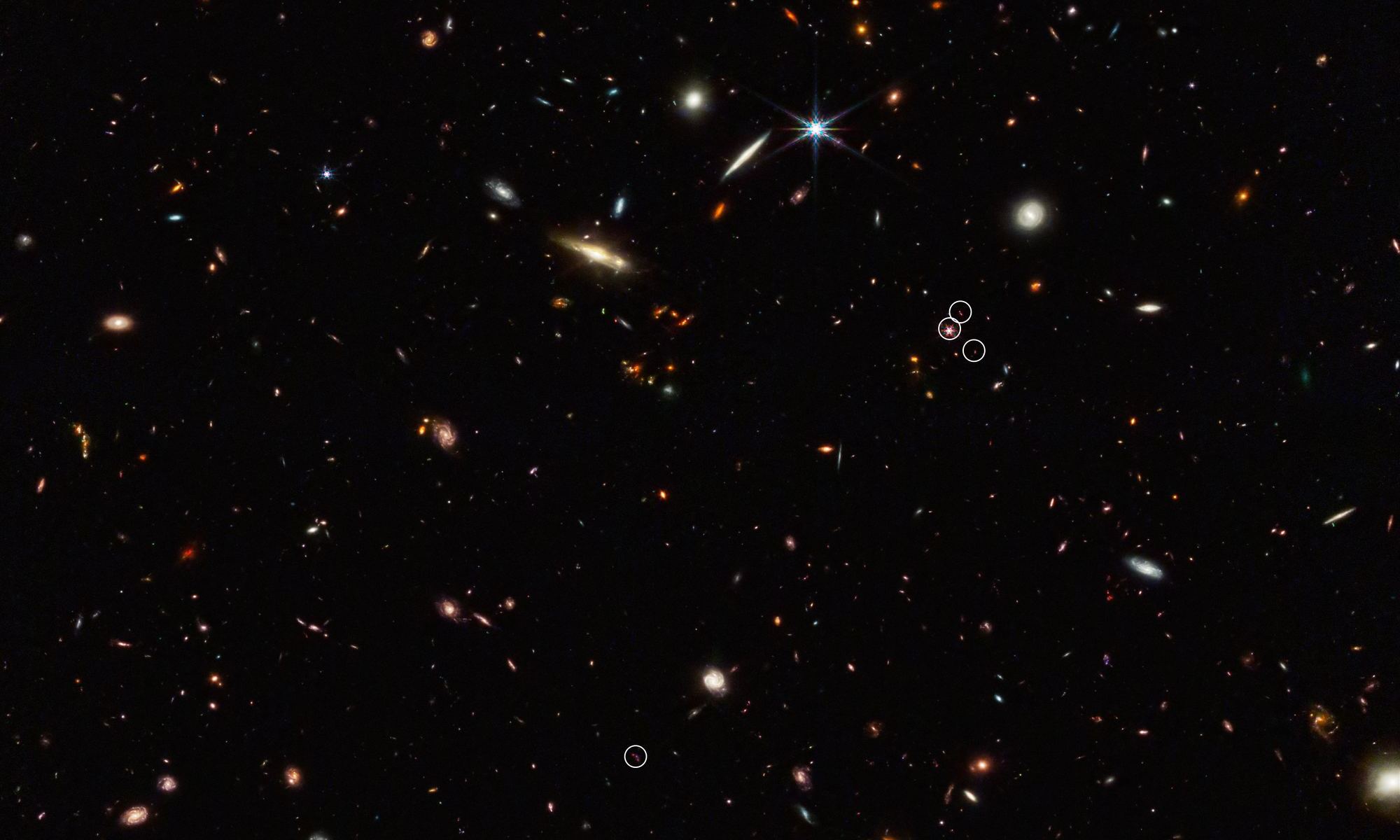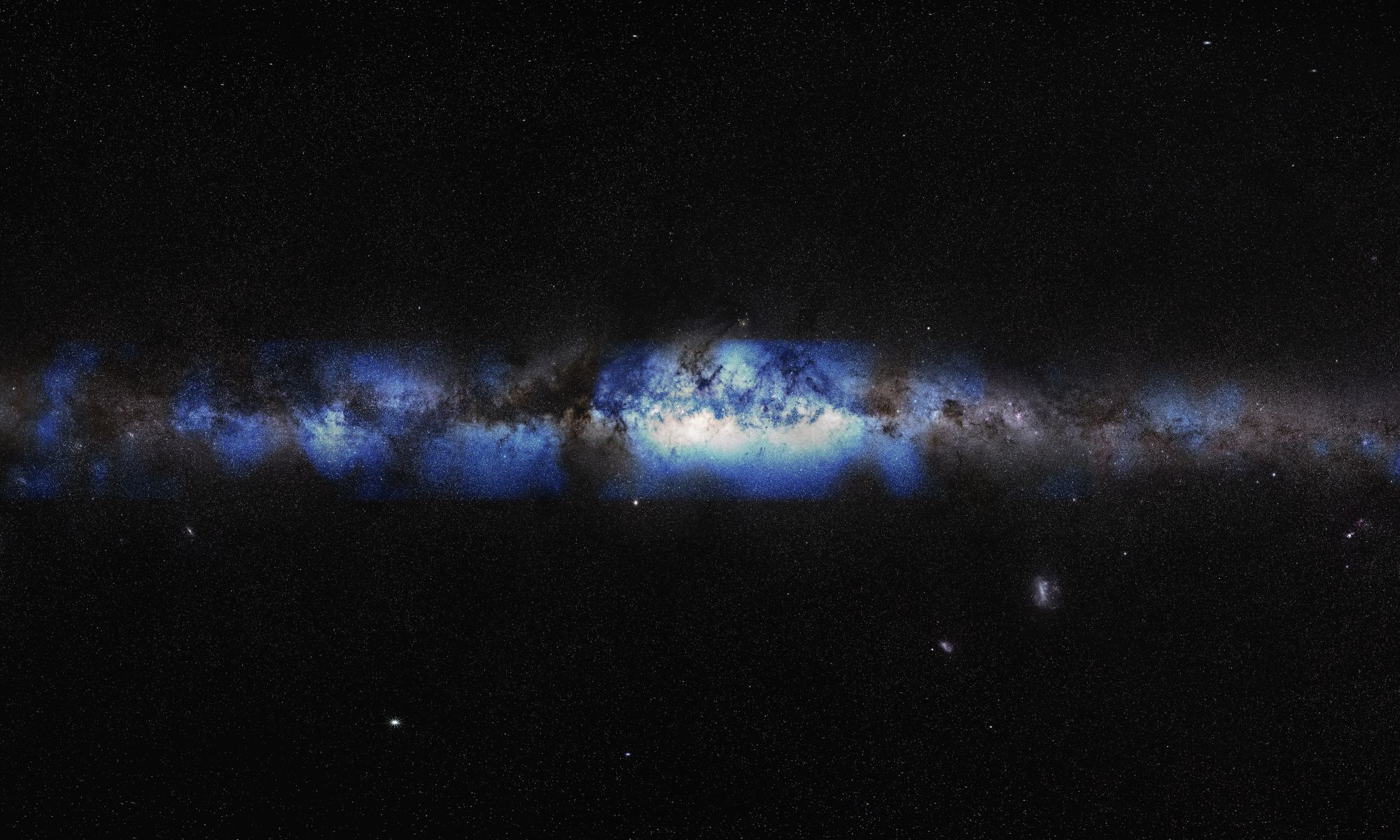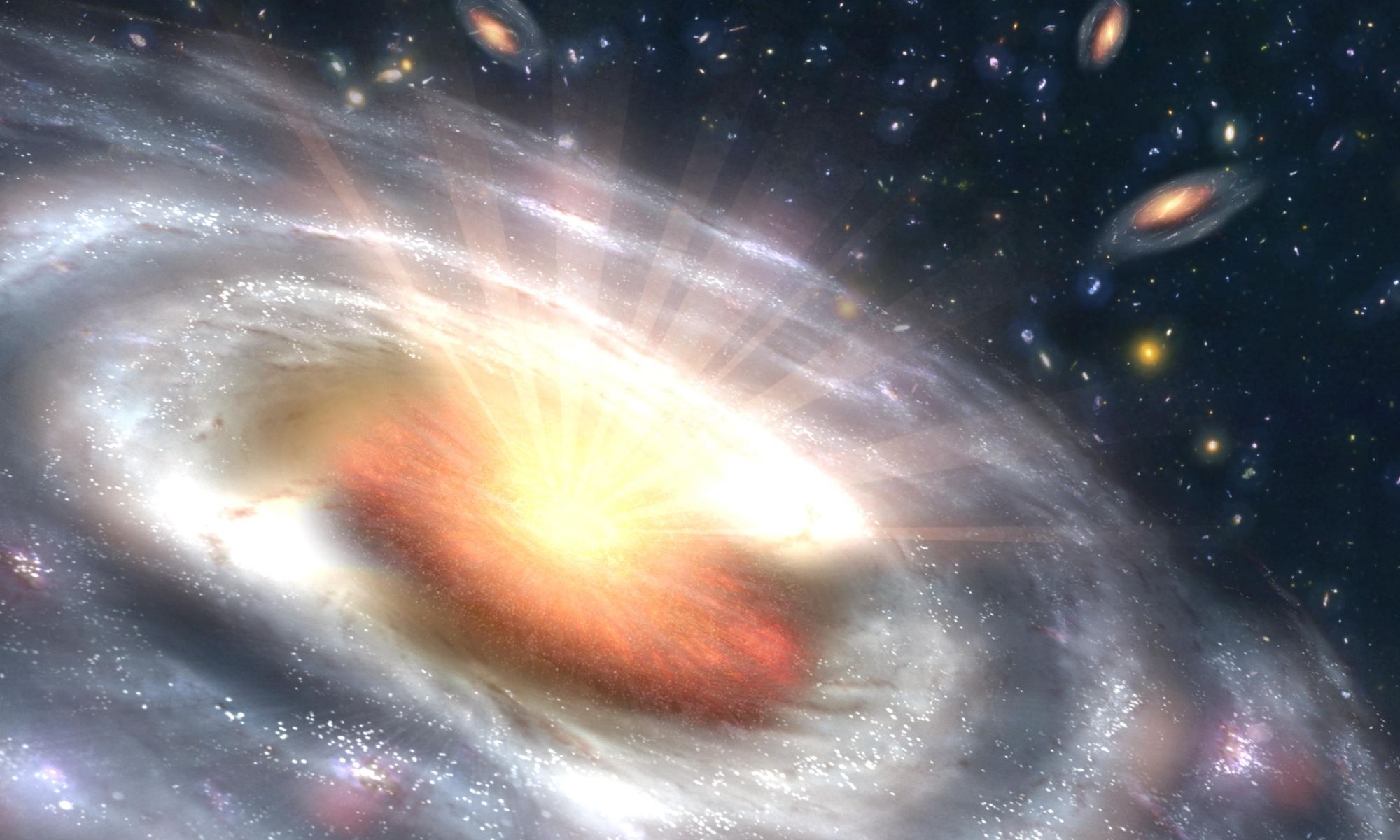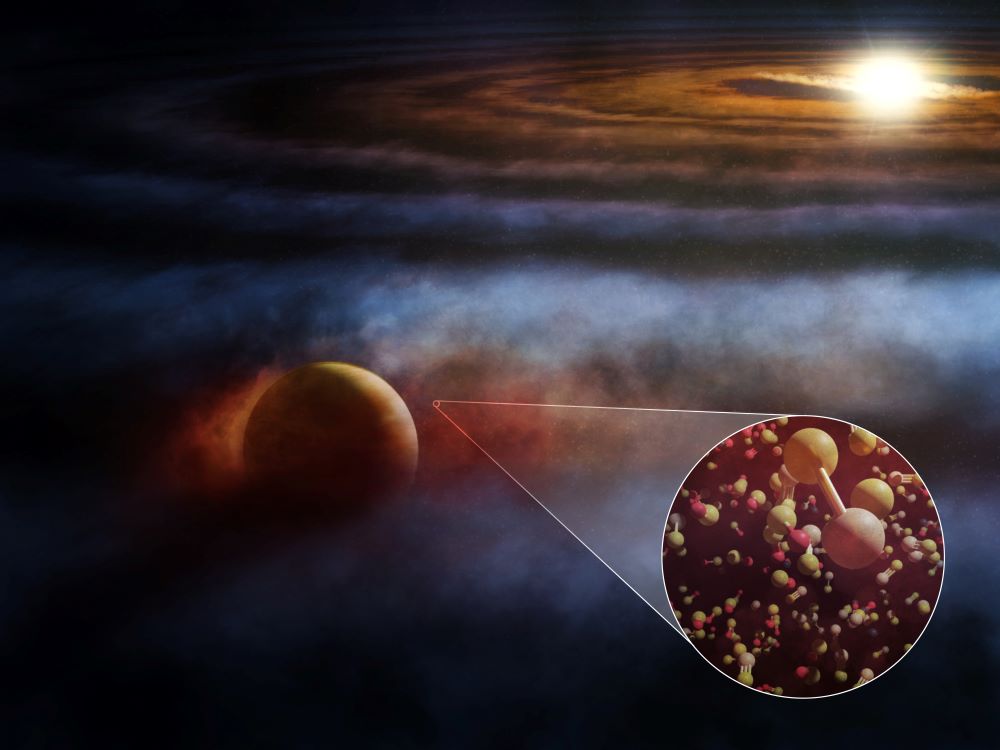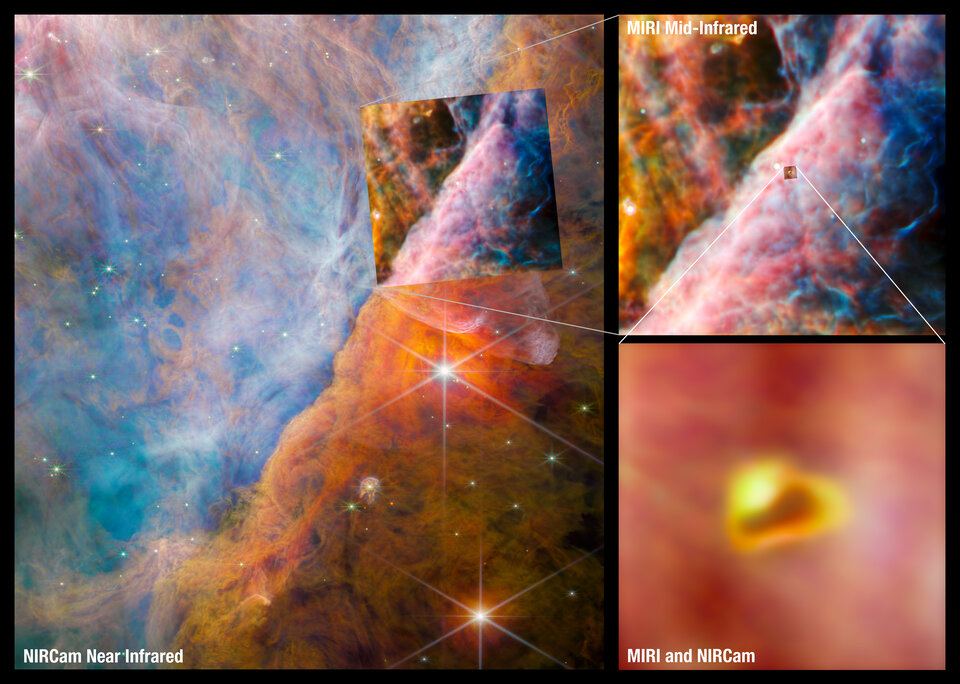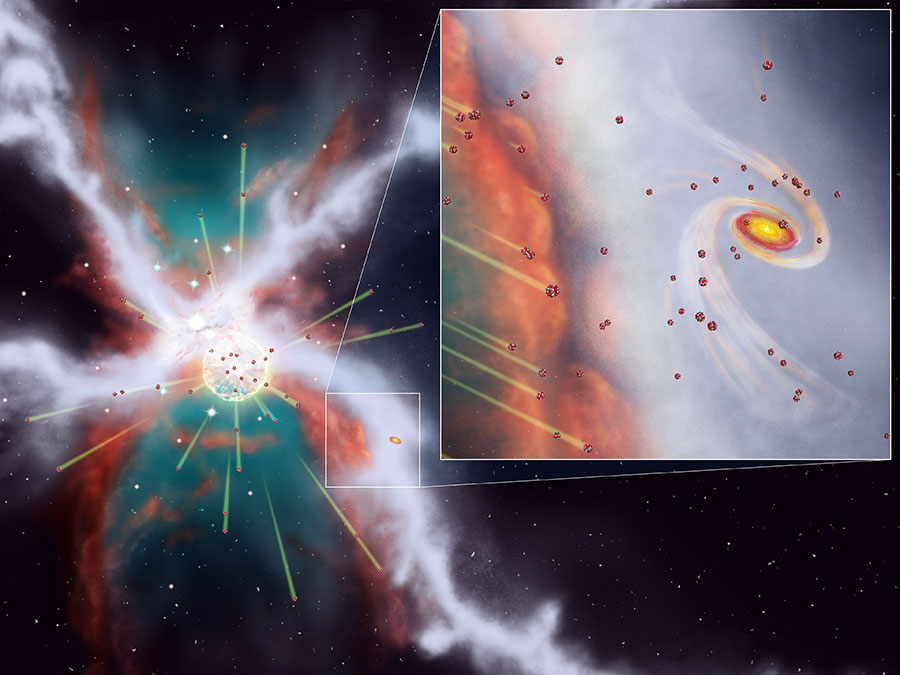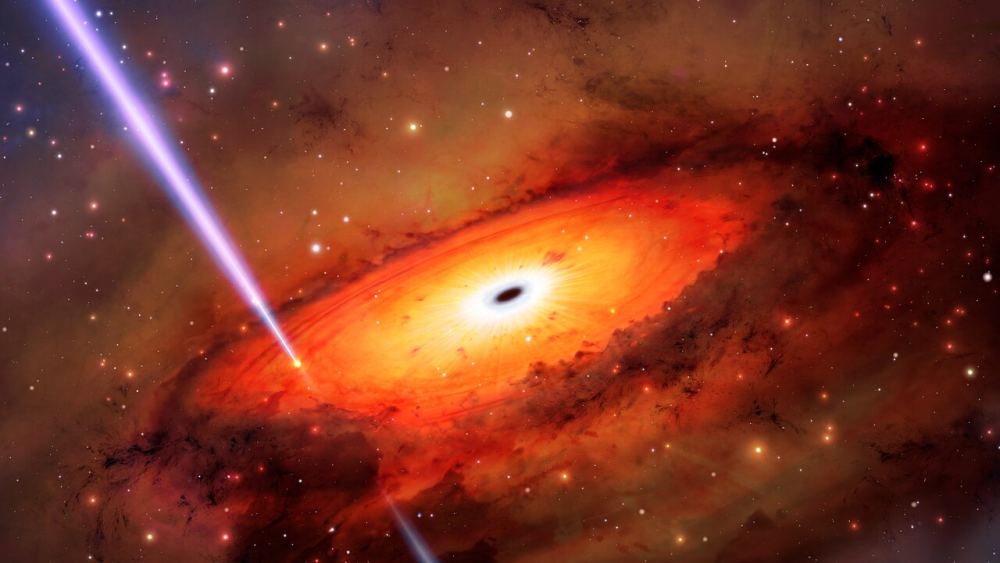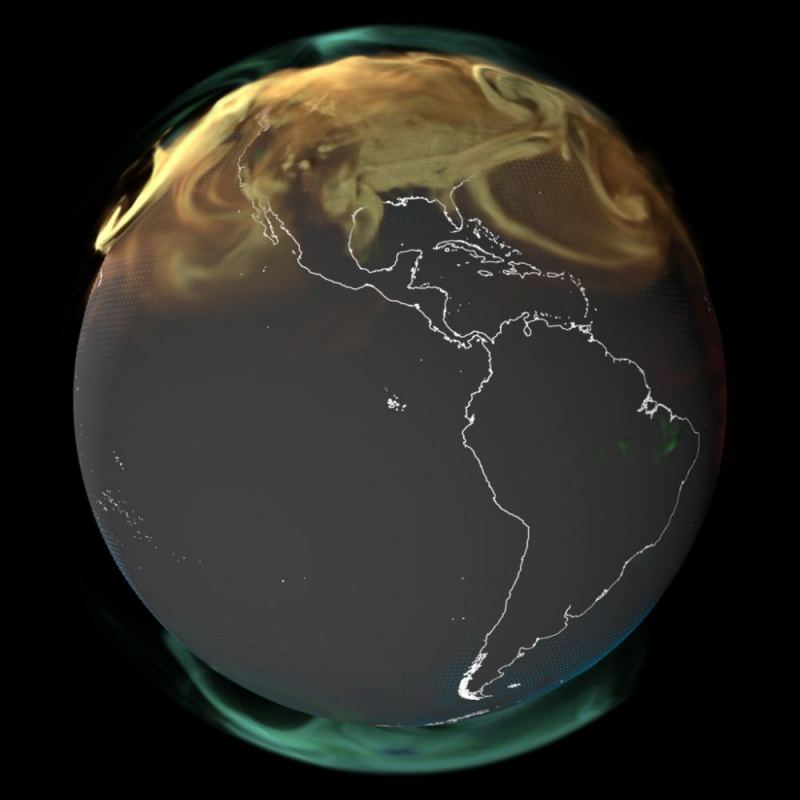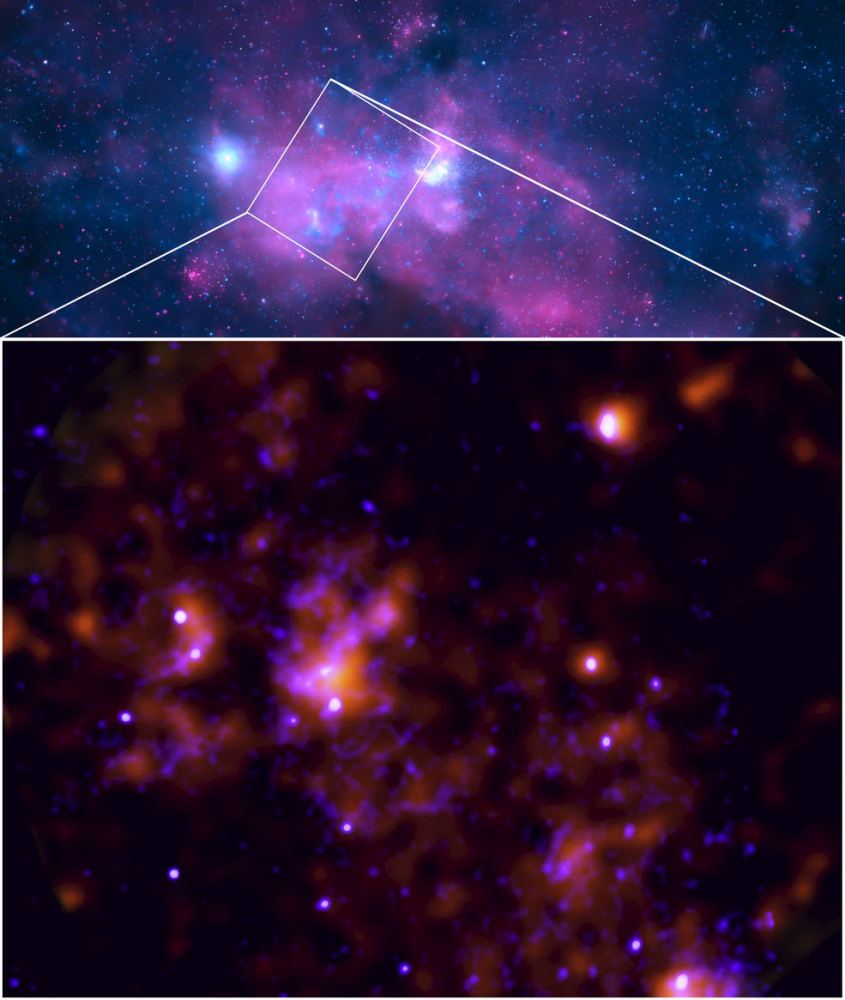As astronomers push our views of the Universe further back in time, their telescopes keep uncovering surprises. That’s the case with a supermassive black hole in CEERS 1019, a distant very early galaxy.
Continue reading “JWST Sees the Most Distant Active Supermassive Black Hole”JWST Sees the Most Distant Active Supermassive Black Hole
